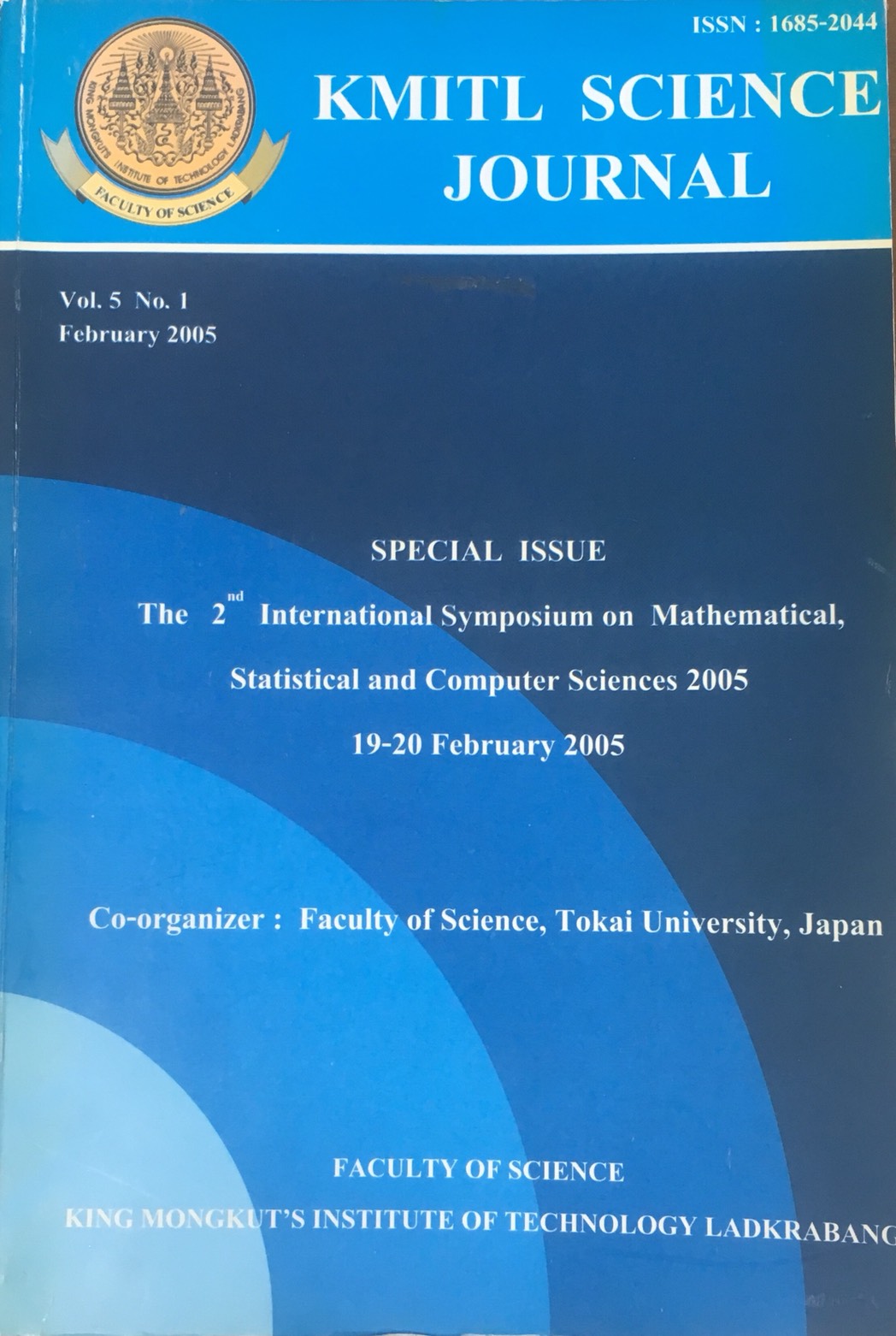Time-varying autoregressive (TVAR) approach is used for modeling nonstationary signals, and then the frequency information of the signals is extracted from the TVAR parameters. Two methods may be used for estimating the TVAR parameters: the adaptive algorithm and the basis function approach. Adaptive algorithms, such as the least mean square (LMS) and the recursive least square (RLS), use a dynamic model for adapting the TVAR parameters and are capable of tracking time-varying frequency, provided that the variation is slow. The basis function method employs and explicit model for the TVAR parameter variation and the model parameters are estimated via a block calculation. It is observed in our study that, if the signals have a single time-varying frequency component, the RLS with a fixed pole on the unit circle yields the fastest convergence. But none of the adaptive algorithms can successfully track fast varying frequency. The basis function method, although is not so effective in tracking the frequency jump, but capable of tracking either the fast or the slow time-varying frequencies.
Keywords: Time-varying autoregressive, Nonstationary signals, Basis function method, Adaptive algorithms, Frequency Estimation.
Corresponding author: E-mail: sodsri@su.ac.th
Sodsri, C. . (2018). TVAR Modeling and Time-Varying Frequency Estimation of Nonstationary Signals. CURRENT APPLIED SCIENCE AND TECHNOLOGY, 123-139.
